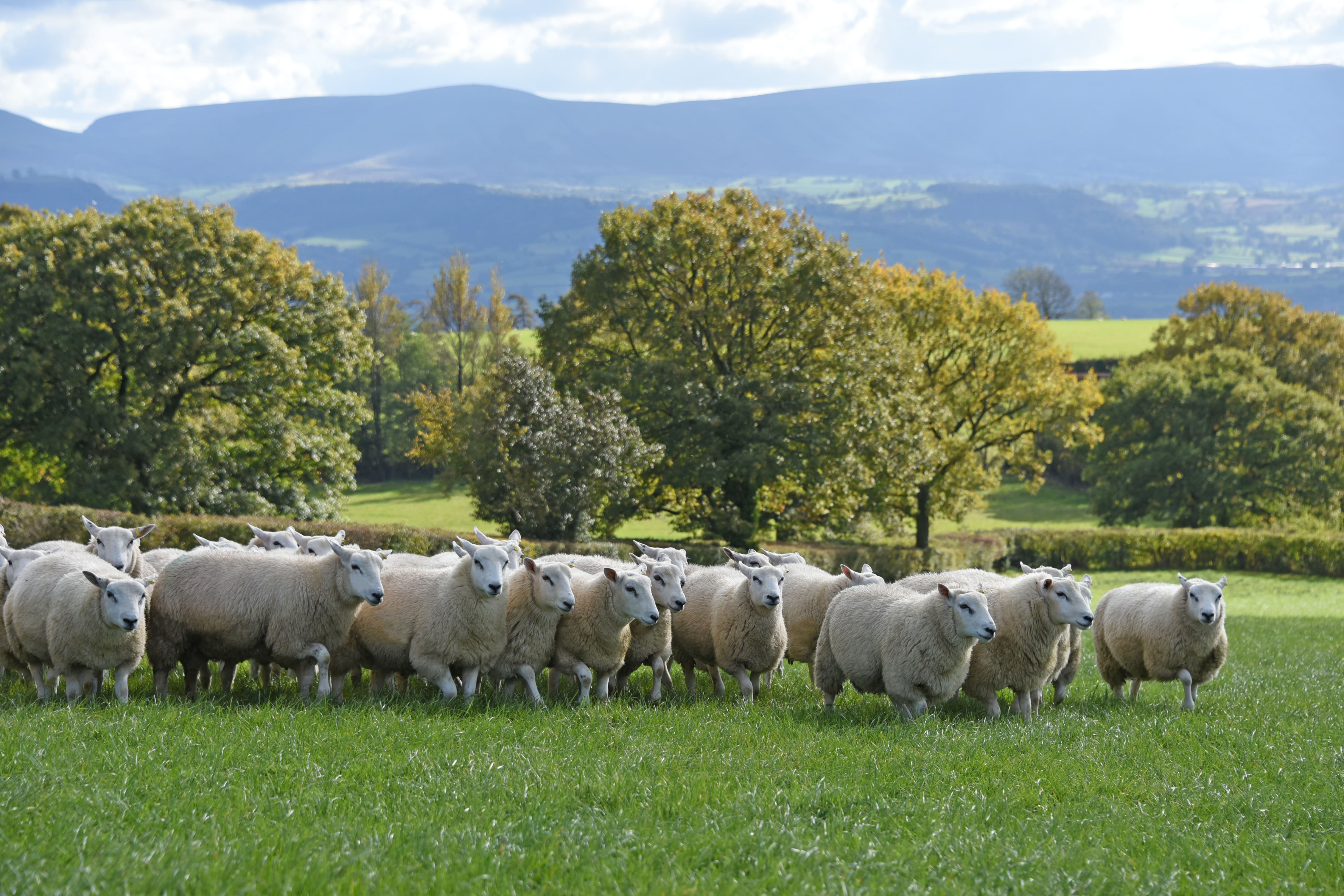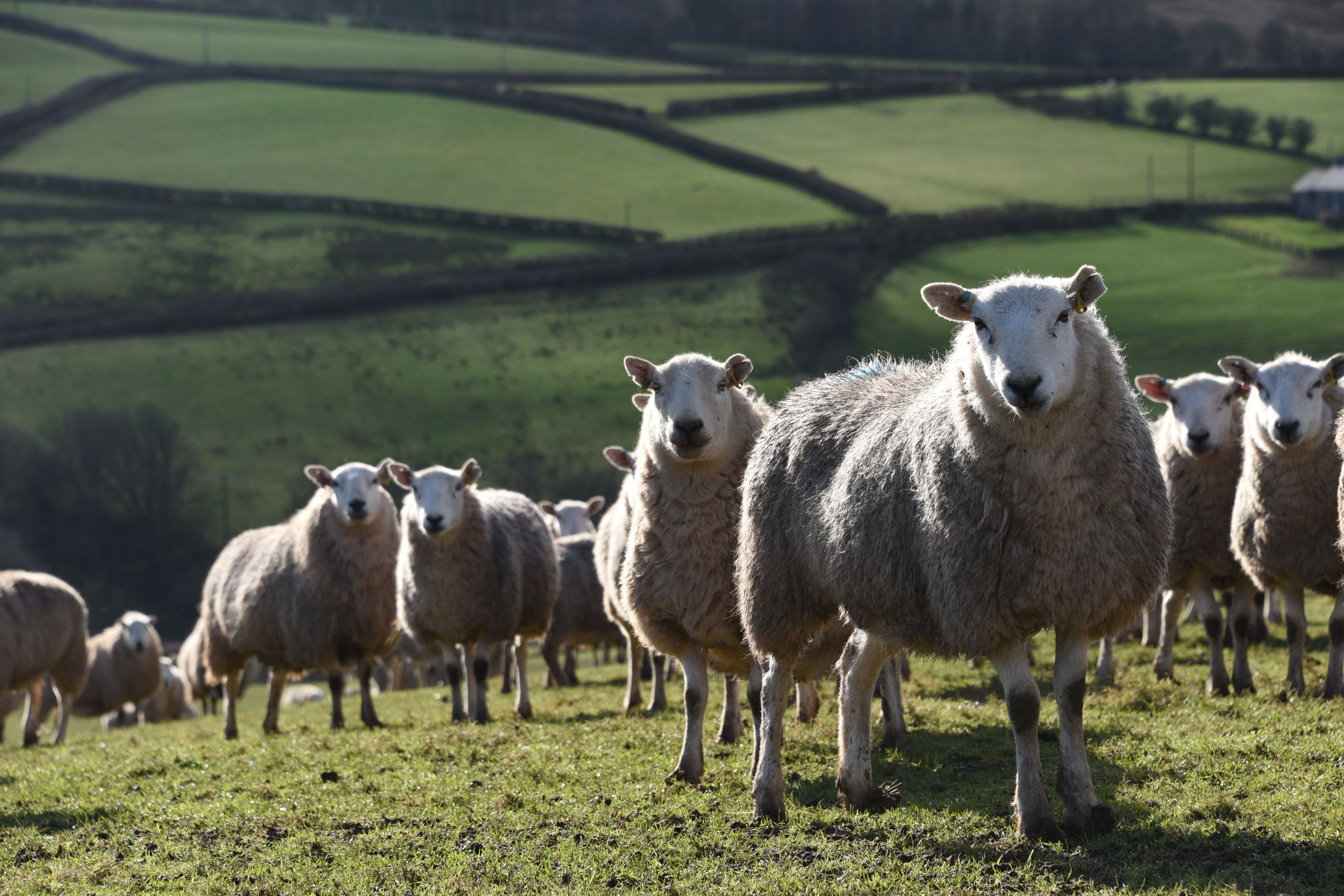How EID recording can help you to improve your flock performance
These pages provide an introduction to using EID recording on your farm.
Information is also available in this booklet, Introducing EID Recording – A practical guide to getting started with EID recording for your flock.
Electronically reading animal identities (EID) offers many benefits for anyone involved in the handling of sheep, especially on farms where management practices can be greatly improved through the use of EID systems.
How EID works.
ID uses a microchip, or electronic transponder, embedded in a tag, bolus or implant to identify a farm animal.
EID in animals is based on low frequency radio waves or Radio Frequency Identification (RFID). A reader sends out a radio signal which is picked up by the microchip. The chip sends back the animal’s unique identity number. The reader then transfers the unique number to a computer which uses it to store whatever information is necessary about the identified animal.
EID recording does require an initial investment in on-farm technology. In very basic situations this means purchasing equipment that will read the EID tags, and having access to a computer with some simple farm management software installed. This software will then manage the information collected.
Most farms now have access to a computer. The type of EID equipment available ranges from very simple stick readers to hand held readers and data loggers, electronic weigh scales and automatic shedding systems. The equipment you choose depends on your own farming situation and the type of flock information you require.
To gain maximum benefits, EID recording would ideally be used in conjunction with stock that has estimated breeding values, so that the performance of each animal in the flock can be assessed.
In any flock, EID can help increase returns through, for example the improved and more efficient management and selection of lambs. Investment in appropriate equipment and software can assist farmers to select and assess which lambs perform best under different management systems.
Checking all lambs for target weights can also be made easier, thereby enabling the selection of lambs which fit processors specification. Lamb performance can also be related back to ewes, to assist with breeding programs and identifying the most productive stock.
EID can also provide significant benefits in managing flock health plans, providing an easy to access health history for individual sheep. This can include:
Recording routine tasks such as drenching and vaccinating against individual sheep or groups as they are undertaken.
Recording and managing withdrawal periods for any medication administered, with recording treatment for individual sheep providing an easy to access health history.
Using records of, and reasons for treatment to identify and start early resolution of problems and highlighting any persistent or recurring health issues within individual sheep.
EID offers lots of opportunities. The key to using it effectively is not making it too complicated and using the technology to the level that you can see a benefit and return from, beyond what is required for simple identification purposes.

Frequently asked questions
Electronic identification is a tool which allows keepers to record information on individual animals more quickly and easily, especially where large numbers of animals are moved at speed.
The electronic identifier has a microchip which contains the animal’s individual number. The electronic identifier can be an ear tag or a bolus (an identifier in a container that is swallowed and stays in the animal’s stomach).
The number in the microchip within the identifier can be read by using an electronic reader. There are different types available, ranging from simple stick readers which collect basic information on individual numbers and group counts, through to panel readers linked to race systems or weigh crates, and working with farm management software to collect a wealth of information on individual animals and flocks.
Simple recording of EID numbers and group counts can be achieved with a reader and computer (some readers can also transmit straight to a computer). However, in order to gain the benefit of electronic recording to assist with and improve the management of your flock, you will need to invest in a software program to collect and analyse the data.
For small flocks, a relatively low cost system may suffice but for larger numbers you will need to consider investing in higher performance readers and software, to allow you to hold more information and perform a wider range of management tasks.
Discuss with suppliers the options available to best suit your circumstances.
Full duplex (FDX) and half duplex (HDX) transponders read chips in slightly different ways. With HDX the reader sends out a signal then the tag replies, whilst with FDX, as soon as the tag receives the reader signal both tag and reader talk simultaneously.
HDX tags have a higher read range and are used for cattle. FDX tags have a smaller read range hence their use for sheep. To meet ISO standards readers are required to read both FDX and HDX tags.
It is likely that the various flock management software packages will need a simple upgrade in order to send data directly to EIDCymru. Before you buy your software, ask your supplier if they will be providing you with an upgrade in order to access EID Cymru and whether there will be a charge for that.
The EID tag should be placed in the left ear of the animal. This provides an industry standard and means that readers can be placed in the most appropriate positions and orientations so animals can be easily read no matter where they move to in their life time.
Readers should be used in accordance with the suppliers instructions but approximate distances for a handheld reader are 12 cm for an ear tag and 20cm for a bolus in the rumen. A stationary reader (static or panel reader) reads all types of identifiers at a typical distance of 50cm.
Please note how this compares to the distances from which different things can interfere with EID signals (see below).
Several things can affect a reader’s ability to read a tag or bolus and it doesn’t necessarily mean that the tag is faulty. Electrical motors (particularly variable speed motors), running engines, rubbing iron roofs and fluorescent lights can all interfere with the signal.
A static/panel reader can also pick up readings from other nearby sources including surplus devices, car key fobs and micro-chipped dogs).
Interference can affect readers to a distance of around 100 meters. Avoid using a stick and panel reader close together as they can interfere with each other. It is always useful to have a spare EID tag handy so that you can test the system before you start.
Steel can absorb the energy field from the reader, so instead of the energy field reading the tag, the energy is absorbed in the surrounding steel. Some readers can work well within stainless steel weigh crates and galvanised steel hurdle races, but some do not, so if you want to use your reader near steel do check this out before you invest.
In general, avoid placing readers within a steel surrounding unless you’ve done some “trial and error” in order to find the best reading position.
Readers need to be tuned into their environment to compensate for any disturbance or interference like steel, running motors (tractors etc), fluorescent lights etc.
Self tuning readers can help you to find the best working conditions and make it easy for you to take readers from one location to another and still maintain performance.
A Bluetooth connection enables electronic devices, for example a reader and weigh monitor or a reader and a computer, to communicate automatically with each other without the need for cable connections (wireless transmission of information).
Interconnecting power surges, sparks or shorting wires can damage devices. Make sure that each item is connected to its own power source (internal or external battery or power supply unit (transformer).
A reader can generally read as many tags as you can present it with, for sheep this can mean up to 400- 500 per hour.






